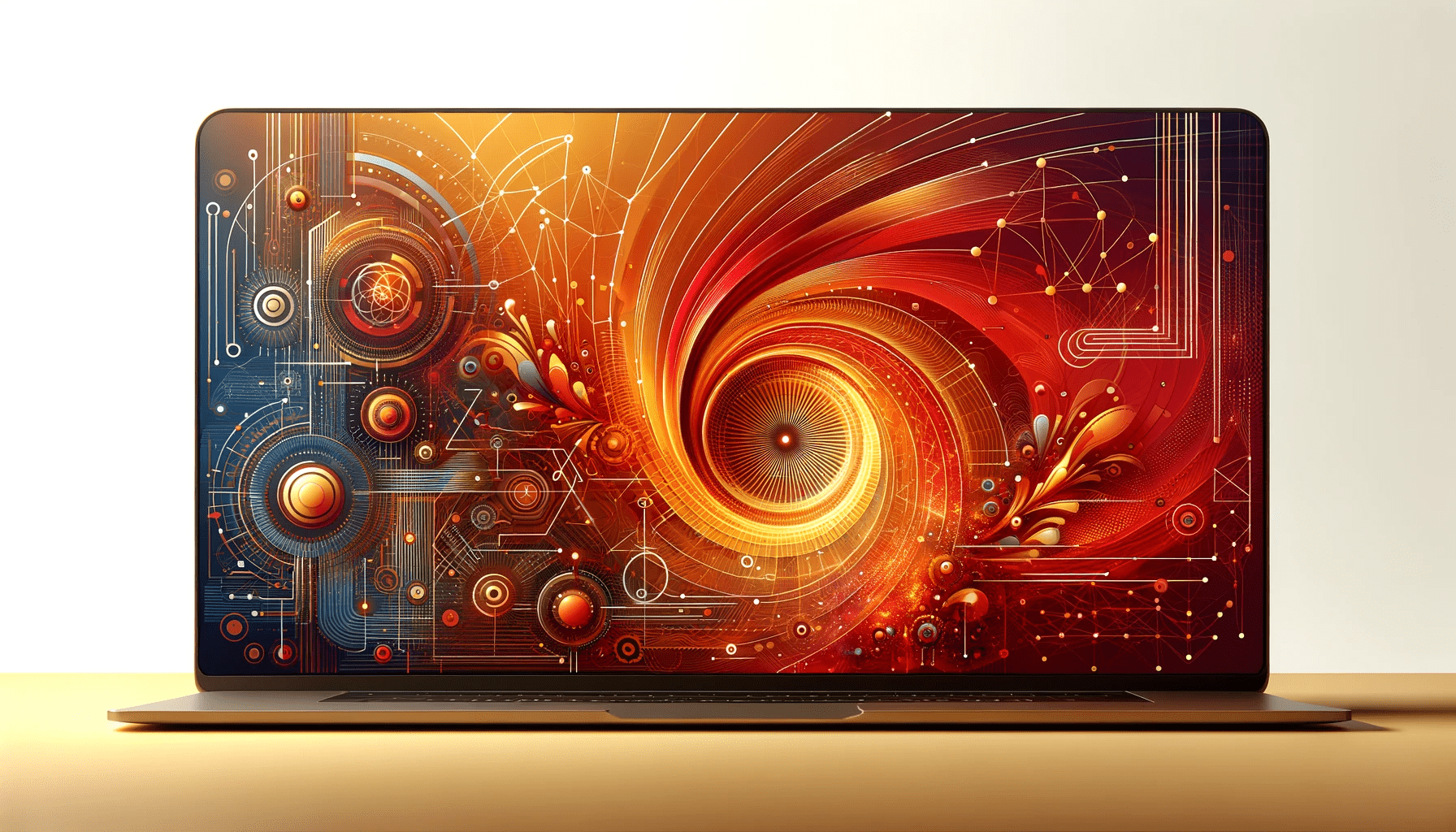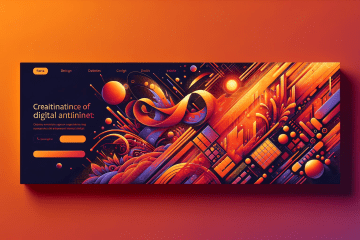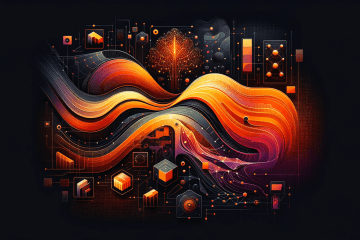Embracing the Future: The Rise of Generative AI
Introduction
In the ever-evolving realm of technology, Generative AI stands out as a groundbreaking innovation, reshaping how we interact with and perceive the digital world. This blog delves into the intricacies of Generative AI, its applications, challenges, and what the future holds.
What is Generative AI?
Generative AI refers to the subset of artificial intelligence focused on creating new content, whether it be text, images, music, or even code. It uses algorithms like neural networks to analyze existing data and generate new, original outputs that mimic the original data in style and content.
Key Technologies Behind Generative AI
- Machine Learning & Deep Learning: These are the backbones, enabling the AI to learn from vast amounts of data.
- Neural Networks: Particularly Generative Adversarial Networks (GANs) and Transformers, which have been pivotal in recent advances.
Applications of Generative AI
- Art and Design: AI-generated artwork and design elements.
- Content Creation: From writing blogs to creating entire books or scripts.
- Healthcare: Generating synthetic data for research without compromising patient privacy.
- Education: Customized learning materials and interactive learning environments.
Benefits of Generative AI
Efficiency and Speed: Automating the creation of content can save significant time
Personalization: AI can tailor content to individual preferences.
Innovation: It pushes the boundaries of creativity, often creating works that humans might not conceive.
Challenges and Ethical Considerations
Authenticity and Originality: Differentiating between human-made and AI-generated content.
Ethical Use: Ensuring it’s used in ways that don’t mislead or harm.
Bias and Fairness: AI systems can inherit biases from their training data.
Te of Generative AIhe Futur
As technology advances, we can expect more sophisticated and nuanced applications of Generative AI. The integration of AI in creative processes is likely to become more seamless, leading to more collaborative efforts between humans and AI.
Conclusion
Generative AI represents a remarkable leap forward in our journey with technology. While it presents challenges, the potential benefits and advancements it offers make it an exciting and invaluable field.
FAQs
Q: Can Generative AI replace human creativity?
A: While it can augment and enhance creativity, it’s unlikely to replace the human touch entirely.
Q: Is Generative AI ethical?
A: It depends on its use. Ethical considerations are crucial in its development and application.
Q: How can one get started with Generative AI?
A: Exploring platforms that offer AI tools and resources, and learning about machine learning and neural networks is a good start.
Embrace the power of Generative AI, for it’s not just a technological advancement; it’s a canvas for the future, where our creativity and AI’s capabilities blend to paint a world of endless possibilities.



